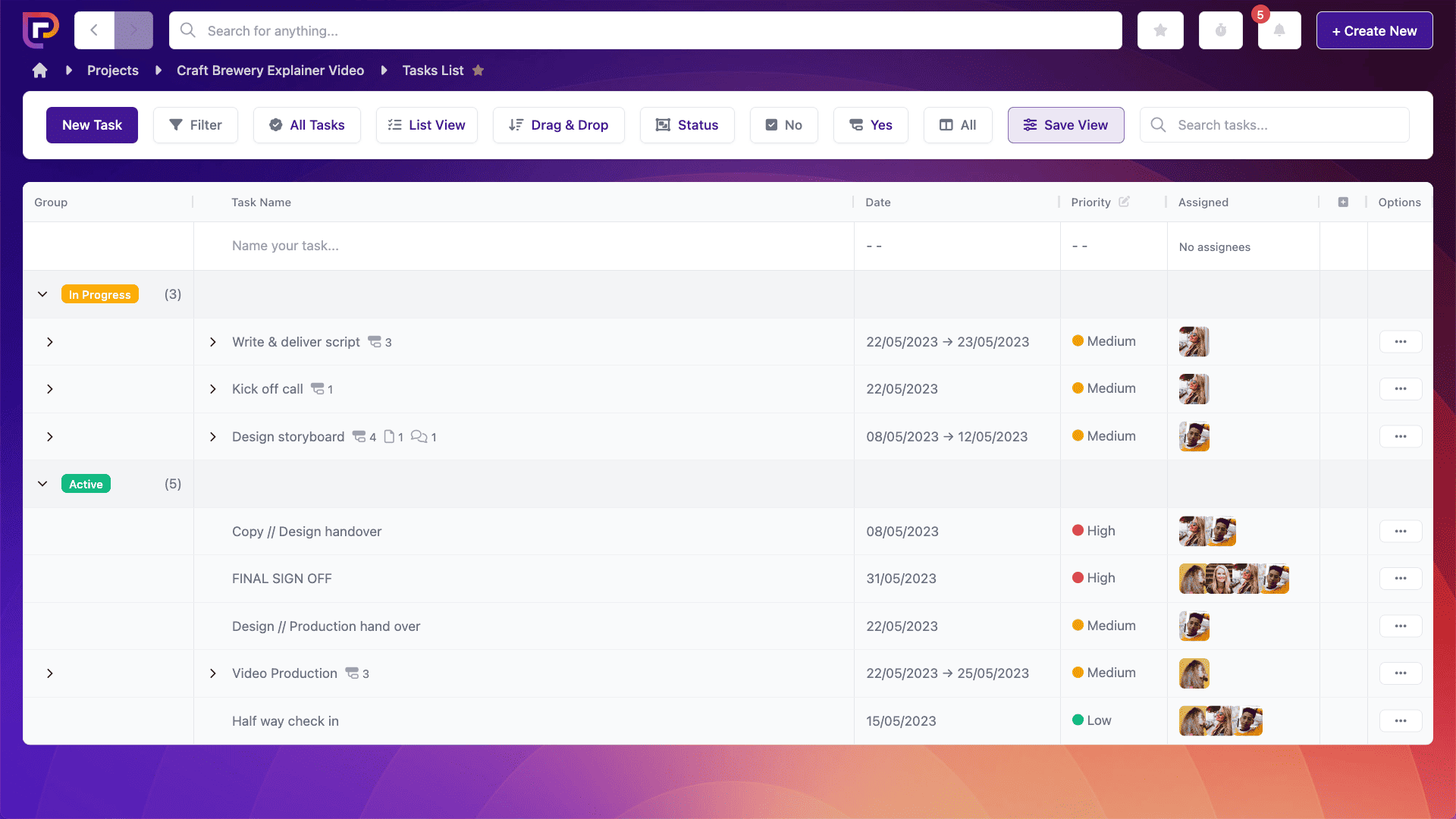Last updated on 27th June 2024
“Teamwork makes the dream work”…as the saying goes.
But did you know that’s not the complete quote?
This phrase was first attributed to John Maxwell, an American clergyman. The quote in full is:
Okay, so it’s not as catchy, but it gives us more to work with.
Teamwork is never as simple as gathering a team of people and ordering them to work together.
For the teams in your organisation to function well together, you need to plan for success.
Today, we’re going to teach you all about how to develop successful cross-functional teams.
What is a cross functional team?
A cross functional team refers to teams from different backgrounds (or people with different ‘functional expertise’) all working together on the same project.
For example, a team that includes sales, marketing, finance, and so on.
A typical cross-functional team will include employees from all sectors of the business.
The problem with cross functional teams is that they are notorious for failing.
However, the same study also proved that this is not a fault with the premise of cross functional teams, but rather the execution of those teams.
The teams in the study failed because they were lacking in several areas. It was discovered that they were lacking in a systemic approach, lacking in accountability, and lacking in specificity.
To ensure that your business doesn’t meet the same fate, here are 5 steps you can follow to develop a successful cross functional team.
5 Steps to developing a successful cross functional team
1. Assign a project leader

Every ship needs a captain, and every project needs a leader!
Cross functional teams are collaborative in nature and everyone should be held accountable for the success of the project.
However, without a clear project leader things can quickly go off course – milestones can go unassigned and deadlines can be missed.
Designating one project leader that has oversight of the entire project ensures that everyone will be held accountable for their tasks.
This project leader should also act as a contact for any team member who needs advice or feels unsure of what to do next.
2. Tasks should be clearly defined

It should go without saying that at the start of every project all tasks and milestones should be clearly defined.
The entire team should be informed of what they need to do, and when.
If certain team members are needed at different stages, then defining all tasks up front should make it easier to create a roadmap that shows each individual when they will be needed in the process – helping them to manage their time more effectively.
3. Use a project management tool

A project management tool will allow you to keep everything in one easily accessible place – facilitating better communication between team members and helping you to stay on track.
At Project.co, we have first-hand experience of this. Our project management tool was initially created to fulfil the need of our animation company, Wyzowl.
Creating animated explainer videos with tight turnaround times and high client expectations requires several teams – copy, design, and animation – to be in constant contact with each other and the client.
The project management tool helps our cross functional teams be more successful by allowing everyone to have an overview of milestones and client conversations, so that nothing is ever missed.

Project.co worked so well for Wyzowl over the past 10+ years that we decided to roll it out to the rest of the world, so that everyone can benefit from more successful cross functional teams!
4. Have a shared goal

While different teams will have their own tasks to work on, it’s important that the end result is a shared goal that everyone knows they are working towards together.
This is necessary because different teams work in different ways and also have different pressures to consider.
A shared goal will help align cross functional teams and encourage them to work together more closely, with less conflict.
5. Be flexible

If something isn’t working, you should never be afraid to change it.
The project leader should be constantly re-evaluating every project to ensure that everything is running as smoothly as possible for every team involved.
And if things could be run smoother then this should be discussed at regular meetings with either the full cross functional team, or the seniors of each team.
If an issue is raised then try going in a different direction to see how things work out. If it makes everything run more smoothly, great! If it doesn’t, you can always revert back.
The main thing here is to give your teams the flexibility to make changes that they believe will help them work better together.
Final thoughts
Developing successful cross functional teams isn’t just a ‘nice to have’, it’s a must. The best way to ensure your projects are triumphant and profitable is to have a team of people that work well together and understand what needs to be done.
A great project management tool can also help to facilitate this. Click here to try Project.co for free and find out what it can do for your teams.


